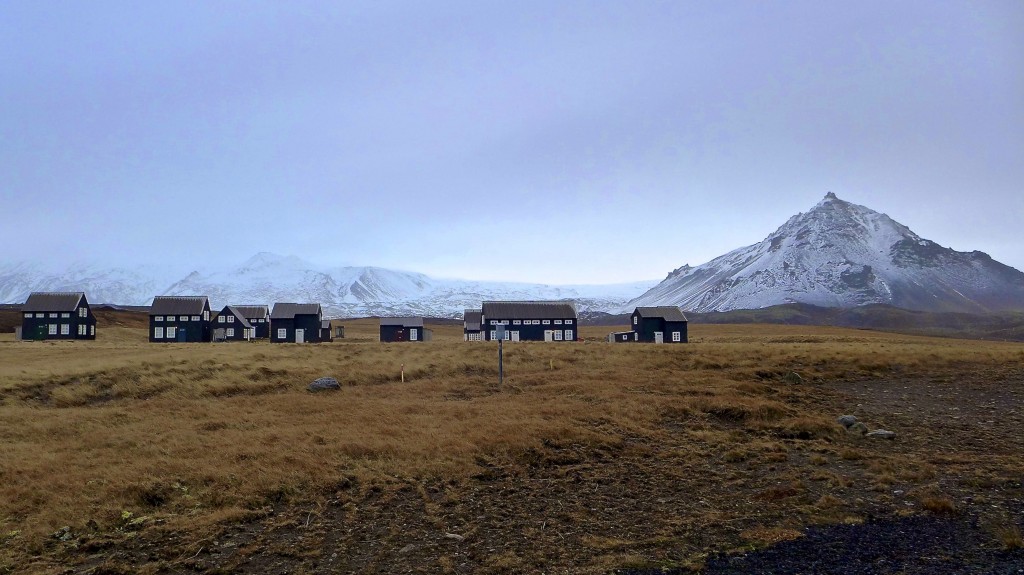In the eighth installment of the Urban Juxtapositions series profiled in Planetizen on January 16, Chuck Wolfe asks if we are using the right language when it comes to densifying urban spaces.
In an illustrated essay that travels from Chicago's Millennium Park to the scaled settlements of Western Iceland, Chuck Wolfe follows up on questions posed early-on in his Urban Juxtapositions series about conceptual approaches to the overlaps, overlays and crossroads of today's city.
The focus? Expectations of "congruity" in urban development:
For many, a dramatic contrast in height, bulk and density is the recipe for “incongruity”. But, in a larger sense, don’t today’s urban centerpieces by definition show the latent “incongruities” of city life?
Wolfe casts "urban blending" and any associated quest for balance as a search for harmony and agreement far more complex than physical appearance, in a comprehensive fashion not limited by ambiguous words:
In other words, the “incongruity” that some would malign as an uneven landscape of height and imbalance, becomes a treasure-trove of irregular, provocative architecture and investment. This investment generates aesthetic and monetary capital to enhance, and not detract from, the public realm nearby.
Offering contrasting examples of classic Icelandic landscapes as instances of "authentic harmony and agreement", Wolfe urges distinction between the balance humans still carry out in the raw landscapes of simpler places and the the vocabulary of balance often sought in in the urban context.
He concludes:
If we remember these nuances in urban setting today, we will better understand that balance and “congruity” are not absolutes, but end-games with multiple meanings, dependent on context, and careful reflection.
FULL STORY: urban blending and the mythical search for 'congruity' in the city

Planetizen Federal Action Tracker
A weekly monitor of how Trump’s orders and actions are impacting planners and planning in America.

Chicago’s Ghost Rails
Just beneath the surface of the modern city lie the remnants of its expansive early 20th-century streetcar system.

Amtrak Cutting Jobs, Funding to High-Speed Rail
The agency plans to cut 10 percent of its workforce and has confirmed it will not fund new high-speed rail projects.

Ohio Forces Data Centers to Prepay for Power
Utilities are calling on states to hold data center operators responsible for new energy demands to prevent leaving consumers on the hook for their bills.

MARTA CEO Steps Down Amid Citizenship Concerns
MARTA’s board announced Thursday that its chief, who is from Canada, is resigning due to questions about his immigration status.

Silicon Valley ‘Bike Superhighway’ Awarded $14M State Grant
A Caltrans grant brings the 10-mile Central Bikeway project connecting Santa Clara and East San Jose closer to fruition.
Urban Design for Planners 1: Software Tools
This six-course series explores essential urban design concepts using open source software and equips planners with the tools they need to participate fully in the urban design process.
Planning for Universal Design
Learn the tools for implementing Universal Design in planning regulations.
Caltrans
City of Fort Worth
Mpact (founded as Rail~Volution)
City of Camden Redevelopment Agency
City of Astoria
City of Portland
City of Laramie





























